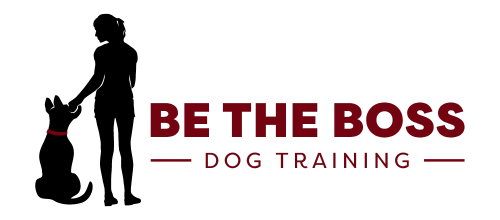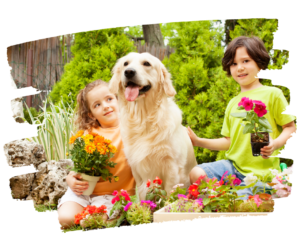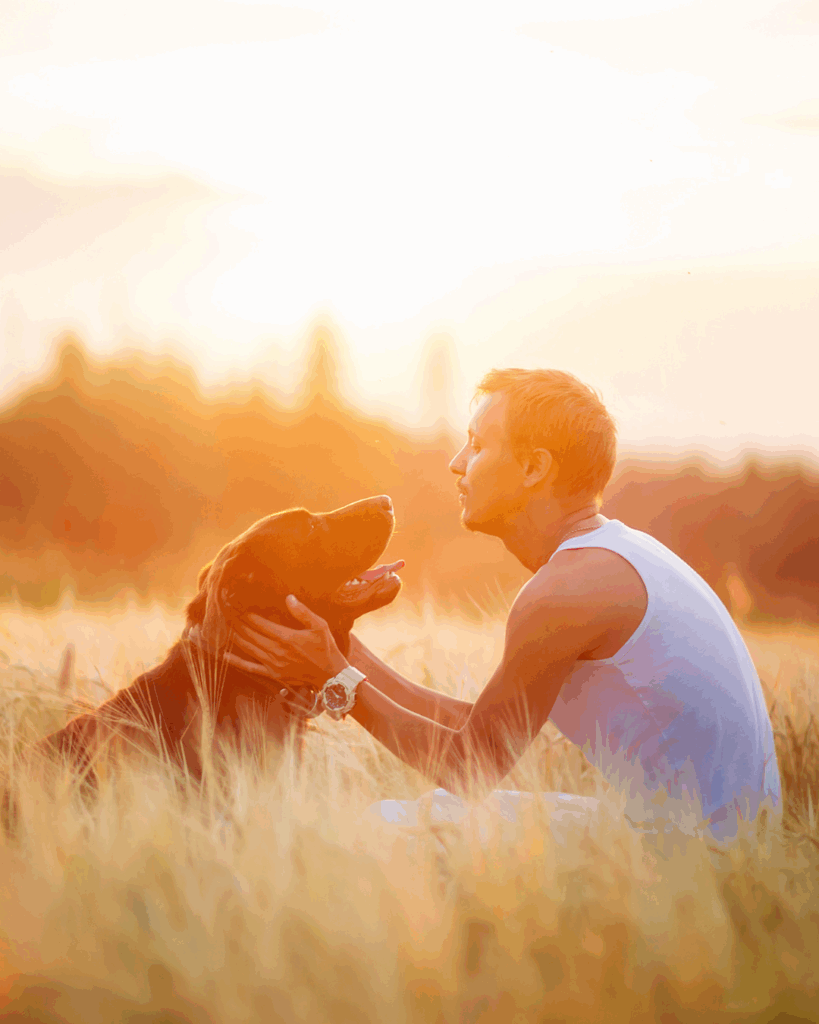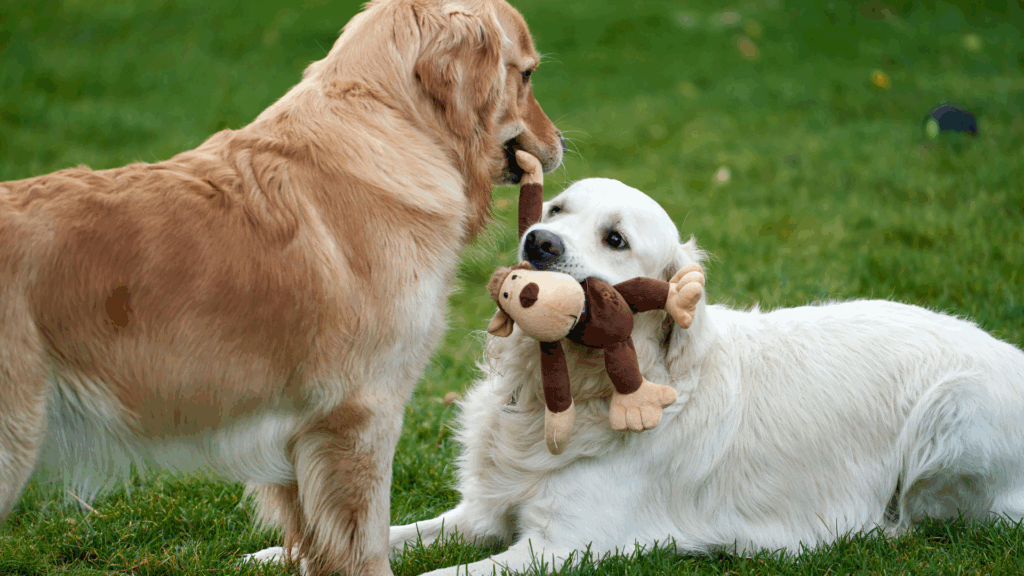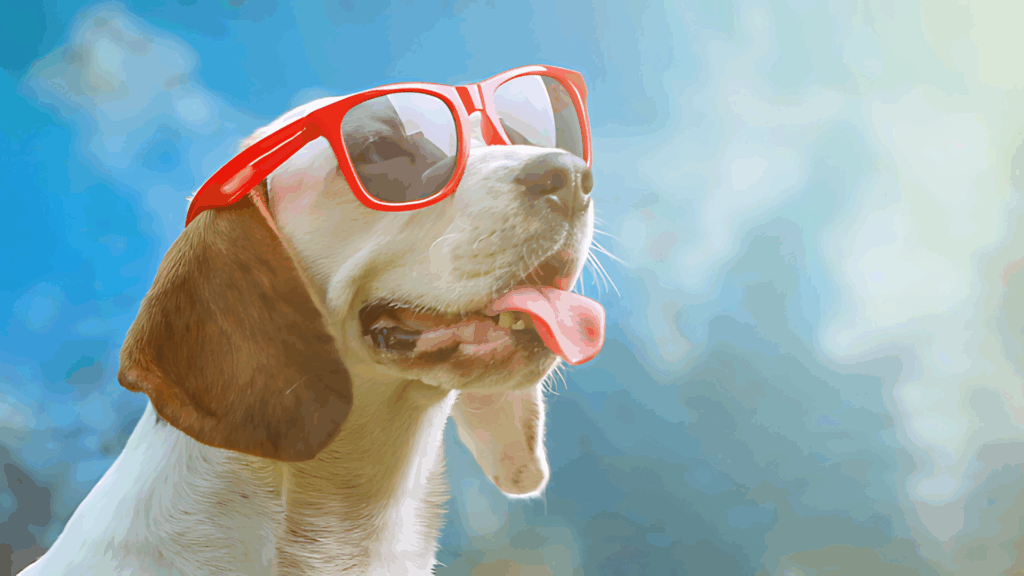Imagine stepping into a garden that bursts with color, where vibrant wildflowers like Desert Globemallow dance in the breeze, and the joyful bark of your dog echoes as they explore their very own play zone. Creating such a garden oasis in Utah County that caters to both dogs and plant enthusiasts isn’t a mere fantasy; it’s an achievable dream. This blog post is dedicated to all those who believe in embracing the beauty of Utah’s unique ecological needs while fostering a space where both garden and canine companions can flourish. Join us as we delve into the world of dog-friendly gardening, unveiling practical insights and inspiration for a truly harmonious backyard.
Creating a Dog-Friendly Garden Oasis
Firstly, selecting the right plants is paramount when planning a dog-friendly garden in Utah County. Native to Utah, options like Desert Globemallow, Blue Flax, Cliffrose, and Serviceberry are not only resilient but also non-toxic to dogs, ensuring safety for your pets.
- Desert Globemallow: This vibrant orange wildflower thrives in dry conditions and attracts pollinators.
- Blue Flax: Known for its delicate blue flowers, Blue Flax is drought-tolerant and provides a splash of color.
- Cliffrose: This evergreen shrub adds texture to the landscape and has beautiful white flowers that emit a pleasant fragrance.
- Serviceberry: Producing lovely white blossoms in spring and edible berries in summer, Serviceberry adds a functional beauty to your garden.
These plants contribute positively to the local ecology by supporting native wildlife and help in soil conservation. They are naturally adapted to Utah’s arid climate, requiring less water and care than non-native species, making them sustainable choices.
Further options like the Utah Juniper, Rabbitbrush, and Engelmann’s Sage can be considered, each offering unique aesthetic and ecological benefits. By incorporating these specific native plants into your garden, you’re creating a visually appealing environment that’s in harmony with Utah’s unique ecological needs. The choices also reflect a mindful approach to gardening, emphasizing local biodiversity, and fostering a space where both your garden and your canine companions can thrive. It’s a win-win for dog owners looking to embrace both the beauty and the environmental stewardship of Utah County.
Next, sustainability is a key factor. Emphasizing water conservation, organic gardening practices, and composting aligns with responsible care for nature, promoting a garden’s health without risking your pet’s well-being.
Moreover, considering specific zones for playing, digging, or resting can coincide with your dog training goals. Teaching your pet acceptable behaviors in these designated areas ensures a harmonious coexistence between your pet and your plants.
Additionally, DIY projects such as dog play structures or shaded rest areas offer enrichment for your pet’s outdoor experience, reinforcing positive behaviors and complementing dog training routines. If you need guidance, don’t hesitate to reach out to a professional via email at bethebossdogtraining@gmail.com.
Using the Garden as a Mental Enrichment Place for Your Dog
Just as gardens provide human beings with a tranquil escape and connection with nature, they can also serve as an enriching playground for dogs. A well-designed garden not only meets your dog’s physical exercise needs but also stimulates their mental faculties, offering new and exciting ways to explore and learn.
Here’s how you can turn your garden into a mental enrichment place for your dog:
- Designated Play Zones: By creating specific areas for play, filled with pet-safe toys, soft soil for digging, or agility equipment, you can encourage your pet to have fun in a controlled environment. Rewarding them with treats or affection when they play in these areas reinforces positive behavior, just as you would during a training session.
- Plant Exploration Time: Cultivate areas with dog-safe plants that are interesting to sniff and explore. Reward your dog for gentle interaction with these plants, creating a new sensory experience that mimics positive reinforcement training.
- Interactive Garden Features: Incorporate features like water fountains or textured pathways that are fun for dogs to engage with. Encourage and reward your dog’s interaction with these elements, strengthening curiosity and positive association with the garden space.
- Garden Training Sessions: Hold regular training sessions in the garden, incorporating commands like “stay,” “sit,” or “leave it” in the context of the garden environment. Treats or praise as rewards within the garden help establish boundaries and desirable behaviors.
- Grow Dog-Friendly Herbs and Vegetables: Plant items like carrots or mint that your dog may enjoy. Teach them to pick these treats gently and reward them for their restraint and manners. This reinforces positive behavior and makes the garden a rewarding place for your pet.
- Encourage Calm Resting Spaces: Create shaded and comfortable spots for relaxation, and reward your dog for using these spaces. Similar to crate training, this offers a peaceful retreat and reinforces the idea that the garden is not only a place for play but relaxation as well.
- Consistent Supervision and Guidance: Just as consistent direction is vital in dog training, guiding your pet’s behavior in the garden fosters a positive relationship between your dog and the outdoor space. Praise and reward reinforce the connection and ensure that the garden remains a happy and safe environment for both plants and pets.
Integrating play and rewards into your garden design helps to create a dynamic and enriching space where your dog feels at home. By using similar principles found in dog training, you can create an outdoor oasis in Utah County that not only thrives but strengthens the beautiful relationship between you and your canine companion. It’s a thoughtful approach that blends gardening, dog training, and mutual enjoyment into a cohesive and joyful experience.
Lastly, continuous education in both dog training techniques and gardening methods helps you adapt and grow with your pet and your garden. Engaging in classes, forums, or community workshops like Dogs Unleashed Utah County on Facebook keeps you connected and informed.
Conclusion
Your garden can be more than just a visually appealing or environmentally friendly space. It can be a sanctuary of mental enrichment for your dog, filled with opportunities to explore, learn, and bond. By considering these principles, your garden becomes a shared oasis that caters to the whole well-being of your beloved pet. Whether in Utah County or anywhere else, the potential to create such a harmonious space awaits your creativity and love. For more personalized guidance, reach out to bethebossdogtraining@gmail.com.
